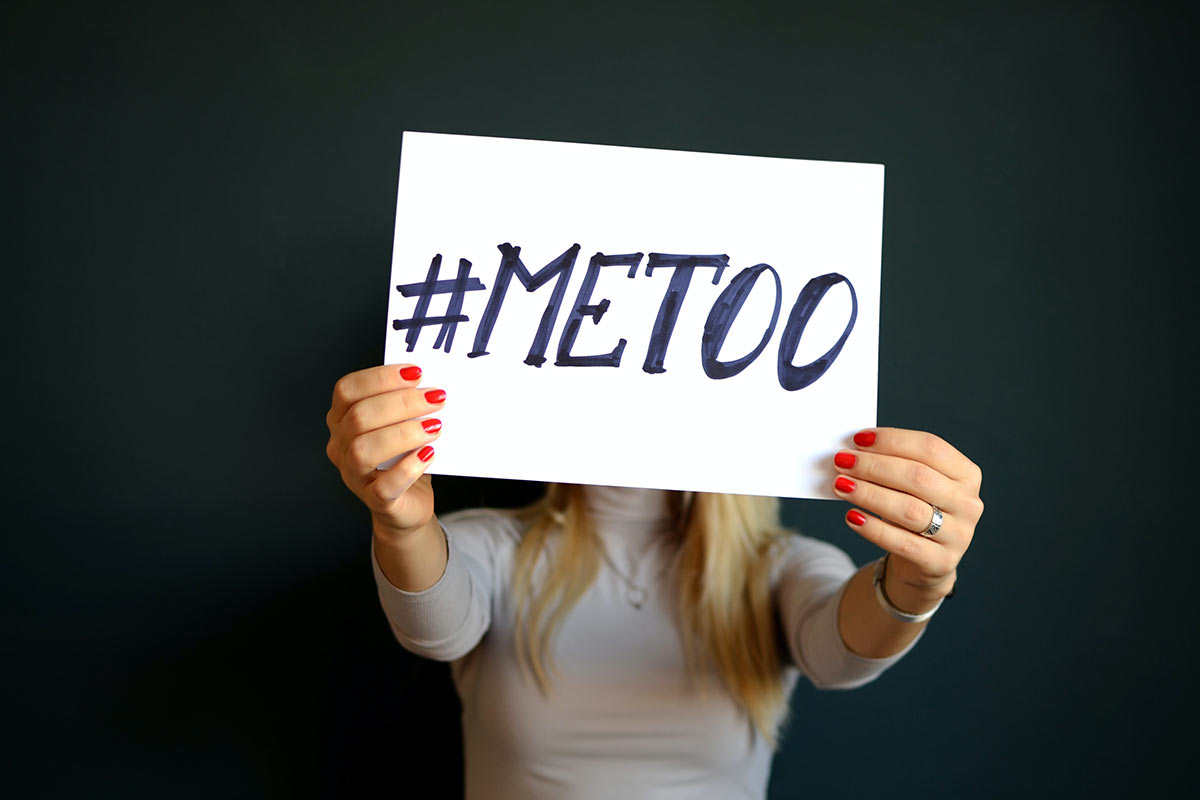What is sexual assault?
Sexual assault is an act of domination, humiliation, violence and abuse of power, mainly committed against women and children. This act is a form of social control that keeps victims in fear and in unequal power relationships.
Sexual assault is the imposition of attitudes, words and gestures with sexual connotations without the person’s consent, using blackmail, intimidation, manipulation, drugs, threats, privileges or physical, psychological or verbal violence.
Sexual assault occurs in all spheres of society, regardless of age, gender identity, culture, class, marital status, religion or sexual orientation. It can happen in a private place, in public or through technology. Sexual assault violates the victims’ fundamental rights, including their physical and psychological integrity and safety.
A Social Issue
Sexual assaults occur in our societies where social, political and economic structures are based on patriarchal and sexist values. Sexual assaults are not isolated acts, but rather the manifestation of unequal relationships between men and women.
The rape culture trivializes, forgives and justifies sexual assaults, or turns them into jokes and entertainment. In such a culture, we end up accusing the victims whose word is called into question, and excusing the aggressors. This is a social problem.
While all women are at risk of experiencing some form of sexual assault in their lifetime, some groups of women are more vulnerable than others. For example, racialized women, such as First Nations women, Afro-descendant or immigrant women, women with physical or intellectual disabilities, women with mental health issues, homosexual women, transgender women and all members of the LGBTQ2+ community, women living in poverty and illiterate women are at greater risk of being assaulted. In addition, the intersection of patriarchy and other systems of discrimination and exclusion means that they receive less support from the social and legal system. These different contexts facilitate exploitation, sexual aggression and all forms of violence against women. This causes inequalities between women and we want to take action against that.
- 87%
of sexual assault victims are female.
- 96.8%
of aggressors are men.
- 85.6%
of victims are under 18 years of age.
- 20%
of abusers are under the age of 18.
- 75%
of Aboriginal girls have been sexually assaulted before reaching the age of majority.
- 40%of women with physical disabilities have experienced sexual assault.
- There is 4
times more risk of sexual assault for women with a mental health problem or developmental disability.
- 3
times more LGBTQ2S+ people have experienced sexual violence as children.
- 81%
of sexual assaults are committed in the victim’s home.
- 96.8%of adult victims know their aggressor.
- 5%
of sexual crimes are reported to the police.
- 3
out of every 1000 sexual assault complaints result in a conviction.
Sources:
- Gouvernement du Québec, Orientations gouvernementales en matière d’agression sexuelle, Québec, 2001.
- RQCALACS – Statistics on sexual assaults(2018-2019)
- https://en.serviceconseilqc.ca/personnes-immigrees-ou-racisees (2015)
- Ministère de la Sécurité publique, Infractions sexuelles au Québec, 2014 et 2015.
- Statistics Canada, Self-reported Sexual Assult in Canada, 2014.
- Conseil LGBT, Assurer l'égalité et l'inclusion des personnes LGBT dans le plan d'action gouvernemental en matière d'agression sexuelle, 2015.
- Conseil du statut de la femme, Violence envers les femmes: une problématique toujours d'actualité. Portrait de la réalité québécoise et canadienne, 2013.
- Statistics Canada,General Social Survey - Victimization, 1999, 2004, 2009 and 2014.
- Centre jeunesse de Montréal - Institut universitaire, Étude d'incidence québécoise sur les situations évaluées en protection de la jeunesse, 1998, 2003, 2008, 2012.
- Public Health Agency of Canada, The Canadian Incidence Study of Reported Child Abuse and Neglect, 1998, 2003 and 2008.


